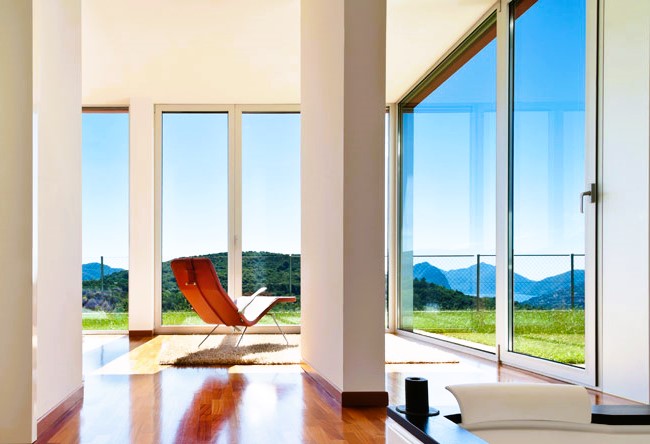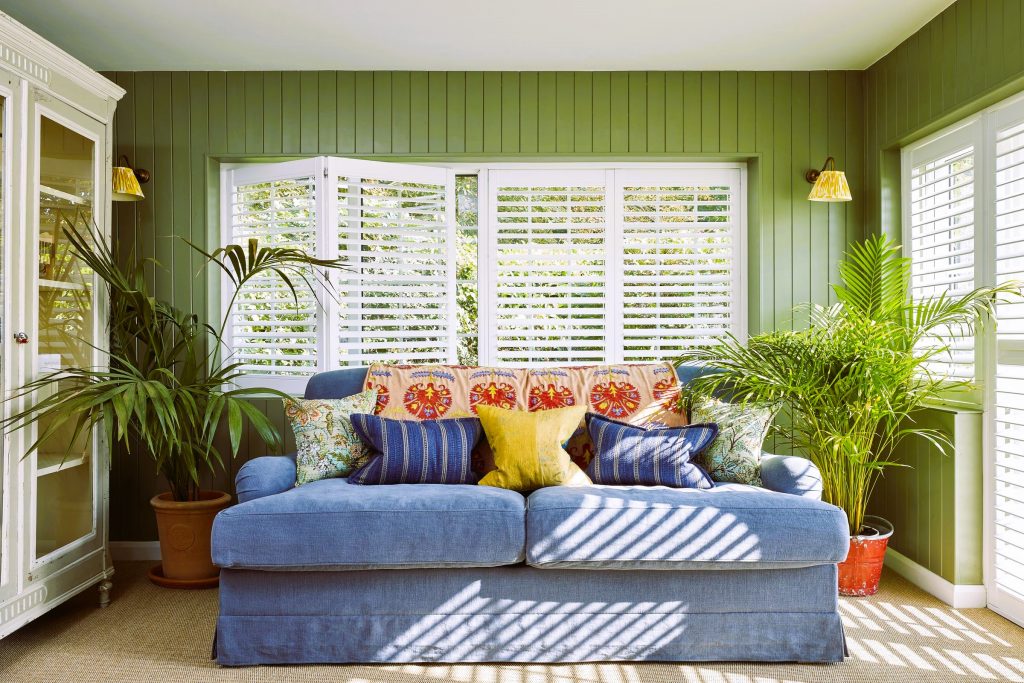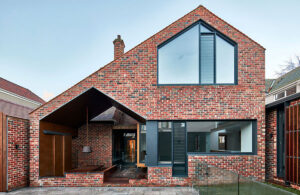
Natural light has the power to transform living spaces, making them feel open, inviting, and vibrant. In Canada, where long winters and limited daylight hours can be a challenge, maximizing natural light becomes even more important. Whether you’re designing a new home or looking to enhance the lighting in your existing space, this article provides valuable tips on how to make the most of natural light in your Canadian living spaces. From strategic window placement to clever interior design choices, these tips will help you create bright and uplifting environments that connect you with the beauty of the outdoors.
- Strategic Window Placement
When designing or renovating your living space, consider the strategic placement of windows to maximize natural light. South-facing windows receive the most sunlight throughout the day, while north-facing windows provide a more consistent, softer light. East-facing windows are perfect for capturing the morning sun, while west-facing windows offer warmer afternoon light. By understanding the orientation of your space and leveraging the positioning of windows, you can optimize the amount and quality of natural light that enters your home.

- Utilize Reflective Surfaces
Reflective surfaces can work wonders in bouncing natural light around a room. Consider incorporating materials like mirrors, glass, and glossy finishes to amplify the brightness in your living spaces. Placing mirrors strategically across from windows can help reflect and distribute light throughout the room. Additionally, choosing furniture or decorative items with reflective surfaces can create a sense of spaciousness and increase the overall brightness of the space. What do you need to start building in Canada? Read more in our article.
- Opt for Light-Colored Paints
Choosing light-colored paints for your walls and ceilings is an effective way to maximize natural light. Lighter hues, such as whites, creams, and pastels, have the ability to reflect light rather than absorbing it. This creates an illusion of brightness and expansiveness in the room. Avoid dark or heavily saturated colors, as they tend to absorb light and can make a space feel smaller and gloomier.
- Minimize Window Treatments
To allow maximum natural light to enter your living spaces, consider minimizing window treatments. Opt for sheer or translucent curtains that provide privacy while still allowing sunlight to filter through. If privacy is a concern, consider using blinds or shades that can be easily adjusted to control the amount of light entering the room. Keep windows clean to ensure unobstructed views and to allow sunlight to penetrate freely.
- Incorporate Skylights or Light Tubes
Skylights and light tubes are excellent additions for spaces that lack sufficient natural light. These features allow sunlight to penetrate from above, filling the room with brightness. Skylights are typically installed on the roof and can provide a significant amount of light, especially in areas such as stairwells, hallways, or rooms with limited exterior wall space. Light tubes, on the other hand, capture sunlight through a small dome on the roof and channel it through reflective tubes into the interior space.

- Trim Outdoor Vegetation
Overgrown trees, shrubs, or vegetation near windows can obstruct natural light from entering your living spaces. Regularly trim back foliage that blocks sunlight to ensure maximum exposure. Prune trees strategically to allow light to filter through the branches and reach your windows. By maintaining outdoor vegetation, you can enhance the natural light flow into your home and create a more open and airy atmosphere.
- Open Floor Plans and Light-Transmitting Elements
Open floor plans facilitate the flow of natural light throughout the living spaces. Removing unnecessary walls or partitions allows light to travel uninterrupted, creating a sense of spaciousness and brightness. Additionally, incorporating light-transmitting elements such as interior windows, glass doors, or translucent room dividers can help distribute light from one area to another, ensuring that every corner of your living space benefits from natural illumination.






